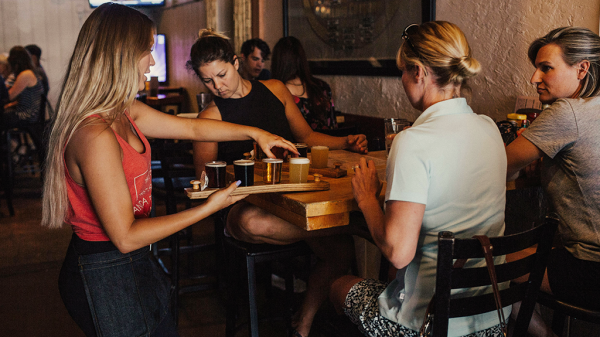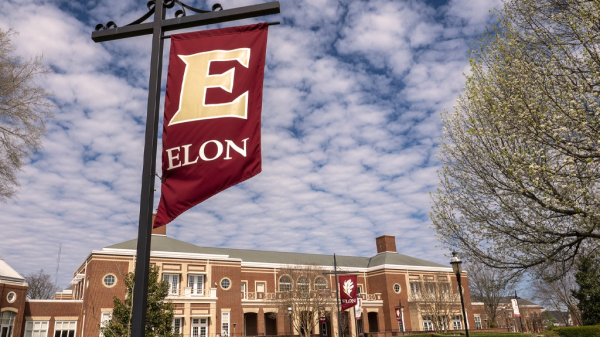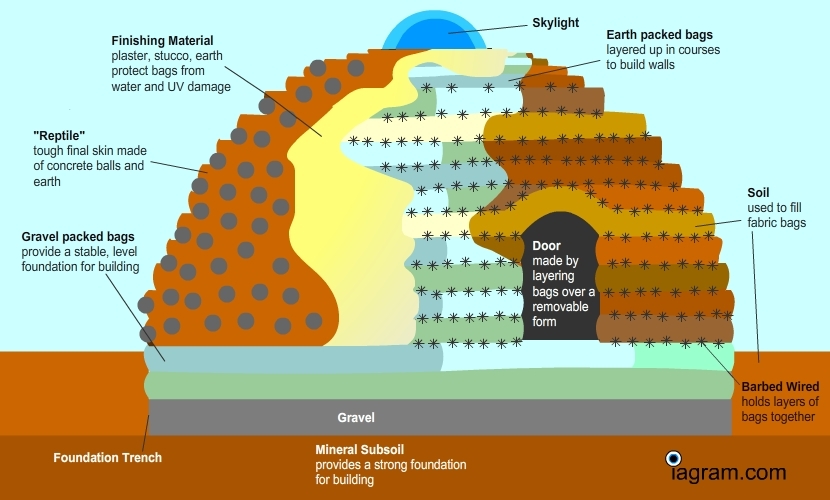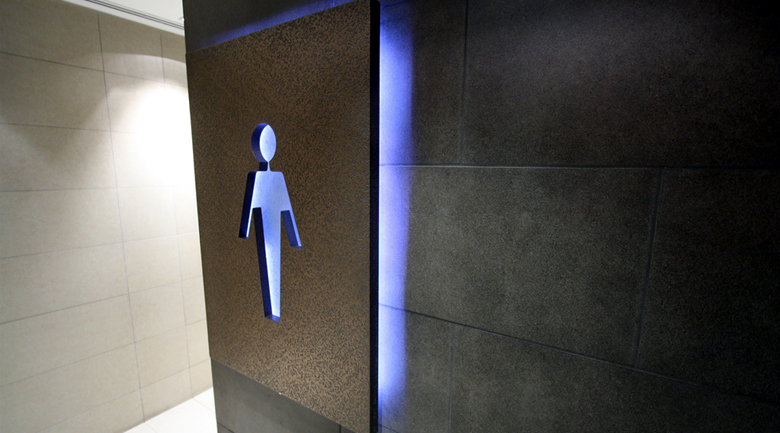
A modern lifestyle shift
With many people shifting away from the more-more-more mentality to the less-is-more mentality, the concept of pocket neighborhoods supports community building, sustainability and vibrancy.
“Making due with less can be better for us,” Architect Sam Young says as he tips his mug back for the last of his coffee. I think he wants more, but he may be caffeinated enough for the both of us. “You see, with these pocket neighborhoods, you can focus on the interpersonal relationships, grow your community and have sustainability all in one.”
Young is not just an architect; he is an environmentally conscious architect who greatly emphasizes passive design and planning up front that will allow his clients to enjoy the benefits of a lifestyle that suits their needs. He gets it. We’ve been talking all morning about the idea that as the population of the digital age gets larger and larger and the boomers are starting to realize that they want to downsize, the concept of pocket neighborhoods with these smaller backyards and larger community gathering areas are growing in popularity. He is toying with the idea of designing homes in neighborhoods that are in line with a more “come on up to my front porch” feel where the backyard is much smaller than the traditional American yard, the front yard is larger and connected to a green space and you can see what is going on around the community.
Come on up to my front porch
Fundamentally, architecture and design can solve everything; at least, this is Young’s philosophy. Quality of life can improve, services come later, but if you design a home where people are invited up and feel that they can commune with one another the strength of the community is realized.
Young states that “instead of the idea of land-house-land-house, of the classic suburban model, with the pocket neighborhood concept, you get a community neighborhood model where homes are oriented in a way that the homeowners feel a sense of privacy and community.”
I recently read an article in which a gentleman said he remodeled the front elevation of his 1940’s home, which was formerly a small portico into an additional one thousand or more square feet of usable living space. Every Thursday evening, starting at about happy hour time, the neighbors stroll on over, pot-luck style, and unwind about the day’s events and what is going on in the ‘hood. It gives him a sense of pride in his beautiful home and it gives the block a deep sense of community. If the lights are on, come on up to my front porch; a warm, inviting, space where people are like family. Main Street America is a place that often feels quite transient and disconnected.
Putting a value on community energy
Architects, like Young, often put eves and overhangs into their good designs not even thinking that they are a part of green building program points. LEED gives points for usable outdoor living space as does the City of Austin’s Green Building Program, Arlington Green Home Choice Program and even EarthCraft Virginia.
There is a value in the usable outdoor space beyond the community building, and beyond the aesthetics. The value is in the vibrancy that the home will achieve from gaining an additional usable outdoor room; hooray for vitamin D the good ol’ natural way, and hooray for a place to hang your begonias.
Trending with the Pacific NW
It is interesting to think that this concept is currently trending with the boomers largely in the Pacific Northwest. Why would the concept of downsizing to smaller homes with smaller yards with larger front yards and more communal areas be making an upswing in modern American urban developments?
Young opines that “smaller footprints means less energy consumption, less maintenance and again, that general sense of making do with less, as being better.” As a function of sustainability, a smaller footprint makes sense and the dense urban planning of a pocket neighborhood also makes sense.
One thing is for certain – a more communal living space may not be for everyone (some people don’t share well with others), but for those who like the idea of visiting their neighbors’ porches for a cold glass of iced tea on a summer afternoon, or for s’mores when it starts to chill… pocket neighborhoods could be all the rage.
Genevieve Concannon is one of those multifaceted individuals who brings business savvy, creativity and conscientiousness to the table in real estate and social media. Genevieve takes marketing and sustainability in a fresh direction- cultivating some fun and funky grass roots branding and marketing strategies that set her and Arbour Realtyapart from the masses. Always herself and ready to help others understand sustainability in building a home or a business, Genevieve brings a new way to look at marketing yourself in the world of real estate and green building- because she's lived it and breathed it and played in the sand piles with the big-boys. If you weren't aware, Genevieve is a sustainability nerd, a ghost writer and the event hostess with the mostess in NoVa.









































Ross Chapin
May 14, 2012 at 1:53 pm
Nice article and wonderful graphic on pocket neighborhoods!
If your readers would like to know more about these ideas, I encourage them to read my book, ‘Pocket Neighborhoods: Creating Small Scale Community in a Large Scale World’ (Taunton Press), and visit the website http://www.pocket-neighborhoods.net.
Keep up the good stories.
Ross Chapin
Genevieve Concannon
May 14, 2012 at 6:24 pm
@Ross Chapin This is great, Ross! Thanks so much for the resource and read suggestion! I bet you would like the other story on modular homes being sexy if you like this one….. check it out…. Cheers